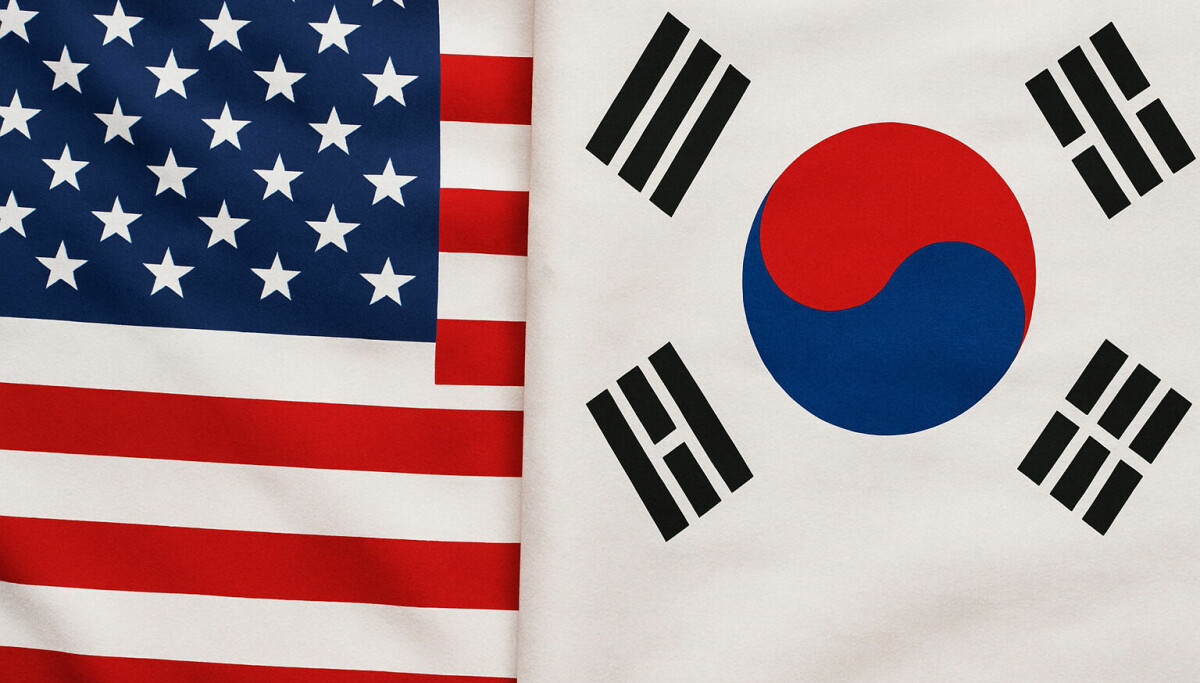Impact on FVL
The US and South Korea have agreed on tariffs of 15% for vehicle imports and automotive parts imports, replacing the previously threatened 25% rate. However, the US set tariffs of 50% on steel and aluminium imports, in line with the rest of the world.
The deal, which is yet to be legally finalised, sees the
tariffs on South Korea set at the same rate as the likes of the EU and Japan.
South Korea also committed to a $350bn investment in the US, with a share of
$200bn allocated for semiconductors and nuclear energy, and $150bn going towards
shipbuilding in the US.
Already delayed multiple times, the finalisation of the framework
is highly anticipated by the automotive logistics industry, as it looks for
certainty among the changing trade dynamics.
Regional tariffs, trade deals, and what they mean for automotive logistics and supply chains
Automotive manufacturers and logistics providers face a shifting geopolitical and regulatory landscape as the US recalibrates trade relations with key vehicle- and parts-exporting nations.
Automotive Logistics understands that FVL firms
operating between the regions are still facing uncertainty as to when the
tariffs will take effect, affecting hundreds of thousands of vehicles in vessel
transit every month.
On the OEM side, the lowered tariffs will make South Korean
vehicles by the likes of Hyundai, Kia and Genesis more cost-competitive than
they would’ve been had the 25% tariff been implemented, and also could give them
an advantage in the US market over OEMs based in higher tariffed countries like
Canada and Mexico.
South Korea’s investment promises for the likes of
semiconductors and shipbuilding could also boost manufacturing and supply
chains in the US as well as developments in intermodal freight corridors and
port expansions.
The two countries are set to meet in a summit within the
next two weeks to finalise the details and sign the deal.
